#meiji restoration
Text

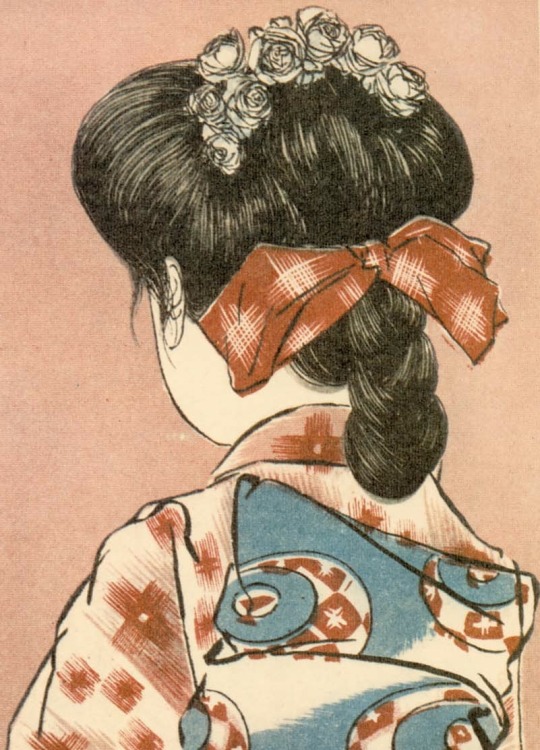
the マガレイト (magareito) hairstyle, popular among school girls and young women during the late meiji to early taisho period
#meiji era#meiji period#meiji restoration#taisho era#taisho period#kimono hairstyles#japanese hairstyles#historical hairstyles#japanese illustration#japanese art
61 notes
·
View notes
Text

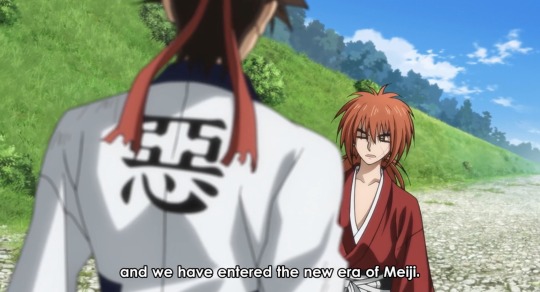

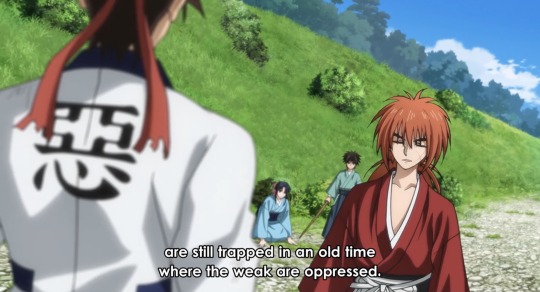


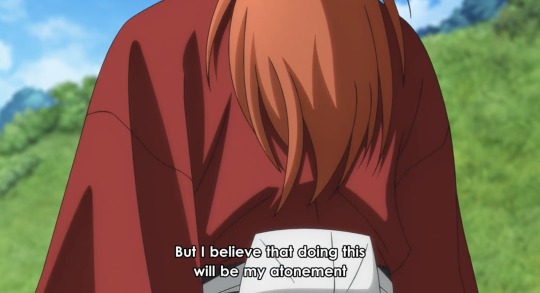
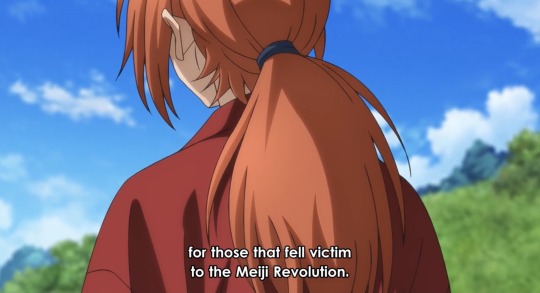
Rurouni Kenshin (Ep 5)
Governments change, but the lies remain.
68 notes
·
View notes
Text
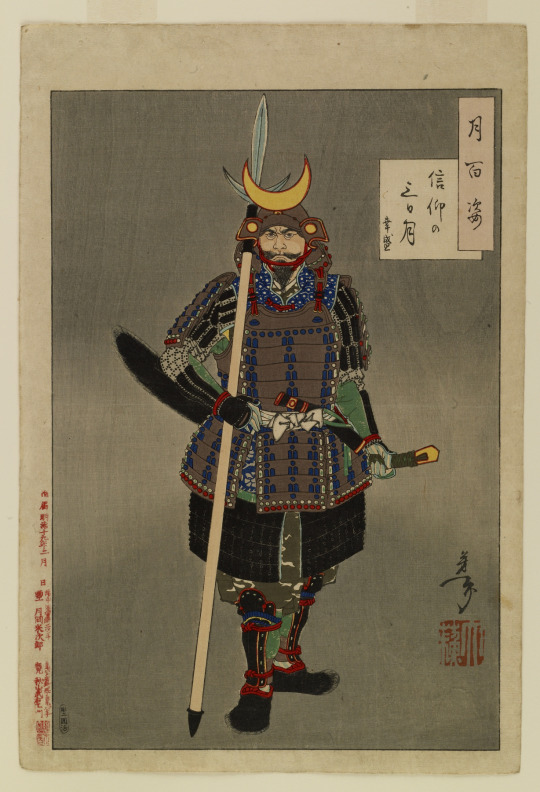
Yamanaka Yukimori (from the series One Hundred Aspects of the Moon), Yoshitoshi, 1886
#art#art history#Asian art#Japan#Japanese art#East Asia#East Asian art#ukiyo-e#woodblock print#Yoshitoshi#Tsukioka Yoshitoshi#samurai#bushido#Yamanaka Yukimori#Sengoku#Meiji Period#Meiji Era#Meiji Restoration#19th century art#Walters Art Museum
180 notes
·
View notes
Text
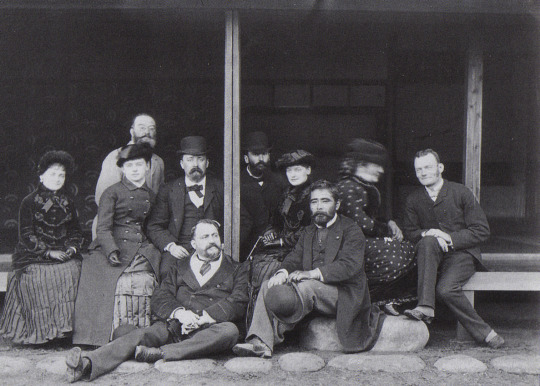
Saigo Tsugumichi with foreign friends - Felice Beato seated in front with him
#historical fashion#Saigo Tsugumichi#felice beato#1860s#19th century#victorian#meiji era#meiji restoration
58 notes
·
View notes
Text

I sometimes wonder what if Kaoru met Kenshin before/during the bakumatsu…
#アニメ#るろうに剣心#緋村抜刀斎#緋村剣心#抜薫#rurouni kenshin#Rurouni#himura kenshin#kenshin x kaoru#kamiya kaoru#battousai#rurouni kenshin: meiji kenkaku romantan#kenkao#batsukao#meiji era#meiji restoration#ruroken#manga#anime#retro anime#bakumatsu#my art#my artwork#digital art#anime 90s#Kenshin#art wip#るろ剣#神谷薫#samurai x
34 notes
·
View notes
Text
Flag of the Republic of Ezo

This is the flag of the Republic of Ezo. It comes from a world where the Boshin War went slightly more favorably for the Shogunate forces. As a result, the Meiji government was forced to, at least temporarily, recognize the Republic of Ezo. It wasn't long before the Japanese declared war on Ezo once again. However, the Satsuma Rebellion still happened and was a lot more widespread, emboldened by Ezo's success. The Meiji government was forced to focus on quelling the Satsuma Rebellion. Ezo was able to find support from France and Russia to help protect them from the Japanese. Eventually, Japan had no choice but to formally recognize the Ezo government.
In response to Ezo's alliance with France and Russia, Japan strengthened its ties to Britain and Germany. Following their failure to capture Hokkaido, the Japanese turned their attention to Korea. Ezo, under the command of the recently defected Saigo Takamori, also sent an expedition to conquer Korea. Korea was able to play Japan and Ezo off of each other, and was able to maintain its independence. In time, Korea was able to modernize and industrialize like Japan had. Japan was humbled by its failure in Korea, and the Japanese were forced to focus more on domestic policy than foreign conquest.
Ezo also pursued a policy of isolationism following the failed expedition to Korea. Some industrialization was a necessary evil, but on the whole Ezo strived to maintain as much of its traditional culture and way of life as possible. As time went on, however, Ezo began to increasingly fall under French influence. In many way, it could be said that Ezo had become a French protectorate.
World War I started off around the same time, and with very similar circumstances, as our world. However, in this world Japan fought for the Central Powers. The Japanese were bitter at the British for selling weapons to Ezo, resentful growing opposition to the creeping British influence on Japanese society, and their alliance with Germany was as strong as ever. Ezo initially tried to remain neutral, but a surprise Japanese attack prompted Ezo to join the Entente Powers. The war ended in an Entente victory. Japan was placed under crushing reparations to Ezo, and was forced to cease land in northern Japan to Ezo.
Japan began to grow resentful against Ezo, and began to rearm for another war. Ezo and Korea were subjected to a series of harsh bombing campaigns. It wasn't long before Ezo and Korea were forced to surrender and formerly occupied by Japan. The Japanese continued to expand their influence across East Asia and the Pacific. It wasn't long, however, before they found themselves in conflict with the United States. Like in our world, the war ended in an American victory.
Ezo regained its independence following the war. Though there is still bad blood between Ezo and Japan, the two nations are slowly putting their past behind them. There is a movement to reunify Ezo and Japan into a single nation, but it doesn't have much support at the moment. Still, you never know what the future might hold.
The flag is black and white in reference to the flag of the Tokugawa Shogunate, and the seven-pointed star stands for the spirit of the Ezo people.
Link to the original flag on my blog: https://drakoniandgriffalco.blogspot.com/2017/10/flag-of-republic-of-ezo.html?m=1
#alternate history#alternate history flag#alternate history flags#alt history#vexillology#flags#flag#Japan#Ezo#Hokkaido#Republic of Ezo#Flag of the Republic of Ezo#Satsuma Rebellion#Boshin War#Samurai#Shogunate#meiji restoration#Saigo Takamori
17 notes
·
View notes
Text
French bi slang: Steam & Sail ship
Japanese bi slang: Dual sword wielder
Conclusion: Meiji era bi pirates
#bisexuality#bisexual#bi slang#french slang#Japanese slang#slang#meiji era#meiji restoration#French ironclad#pirates
43 notes
·
View notes
Text
Toyohara Kunichika, Japanese Women with Fashionable Western Braided Hairstyles, 1877

Up-to-date hairstyles, showing the popularity of Western fashions less than a decade after the Meiji Restoration of 1868 opened Japan to Western trade and ideas.
6 notes
·
View notes
Text
The Complexities and Dynamics of Arranged Marriage: A Modern Perspective
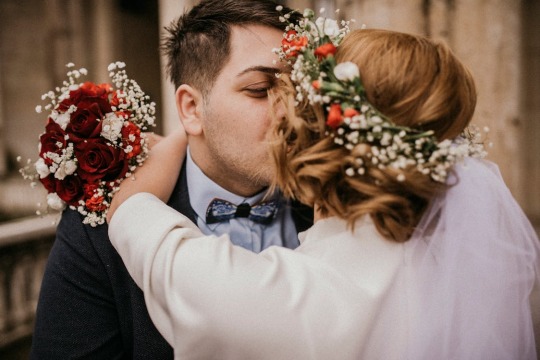
Arranged marriage, a tradition deeply rooted in various cultures around the world, has long been a subject of fascination, curiosity, and sometimes even controversy. While the concept might seem archaic to some, arranged marriages continue to thrive in many societies, albeit often evolving to accommodate modern sensibilities. In this essay, we delve into the complexities and dynamics of arranged marriage, exploring its historical significance, cultural variations, societal impacts, and the evolving attitudes towards this age-old institution.
Understanding Arranged Marriage
Arranged marriage, as the name suggests, is a union orchestrated by families or intermediaries, where the individuals involved often have little to no say in choosing their life partners. Unlike love marriages, where individuals typically meet, court, and decide to marry based on mutual affection, arranged marriages are founded on familial considerations, such as social status, financial stability, cultural compatibility, and familial alliances.
Historical Context
The practice of arranged marriage can be traced back thousands of years, with its origins deeply embedded in cultural, religious, and socioeconomic norms. In many ancient civilizations, marriages were strategic alliances between families, aimed at consolidating power, acquiring wealth, or preserving lineage. The concept endured through the centuries, adapting to changing social structures and norms.
Cultural Variations
Arranged marriage manifests in diverse forms across different cultures, each with its own rituals, traditions, and expectations. In some societies, such as India, Japan, and parts of the Middle East, arranged marriages are still prevalent, with families playing a central role in matchmaking. Conversely, in Western cultures, where individual autonomy is highly valued, arranged marriages are less common, though they do exist within certain immigrant communities.
The Role of Family and Community
Central to the institution of arranged marriage is the involvement of families and sometimes entire communities in the matchmaking process. Parents, relatives, and trusted intermediaries often take on the responsibility of finding suitable matches based on criteria deemed important for marital success. This involvement underscores the collective nature of marriage, where familial interests often supersede individual desires.
Navigating Tradition and Modernity
In recent decades, the dynamics of arranged marriage have undergone significant transformations, influenced by globalization, urbanization, and changing societal norms. While traditional arranged marriages were strictly arranged by parents without the consent of the individuals involved, contemporary arrangements often involve greater agency for the prospective partners. Many modern arranged marriages incorporate elements of compatibility testing, courtship, and mutual consent, blurring the lines between arranged and love marriages.
Challenges and Controversies
Despite its prevalence and adaptation to modernity, arranged marriage is not without its challenges and controversies. Critics argue that the practice can perpetuate gender inequality, restrict individual freedom, and lead to marital dissatisfaction and even abuse. Additionally, the pressure to conform to familial expectations and cultural norms can create immense stress for those involved, particularly for individuals who do not wish to participate in arranged marriages.
Gender Dynamics
Gender dynamics play a significant role in arranged marriages, with traditional notions of masculinity and femininity often shaping marital expectations and responsibilities. In many cultures, women are expected to prioritize familial harmony and obedience over personal autonomy, while men are tasked with providing for and protecting their families. These gendered expectations can influence the power dynamics within arranged marriages and contribute to inequalities.
Shifting Perspectives
Despite its challenges, arranged marriage continues to endure, albeit in evolving forms. In some cases, arranged marriages are celebrated for fostering stability, commitment, and familial bonds. Proponents argue that the involvement of families can provide valuable support and guidance, setting the foundation for successful partnerships. Moreover, arranged marriages are often viewed as a means of preserving cultural traditions and heritage in an increasingly globalized world.
Marriage Arrangement Aamboku
Conclusion
Arranged marriage, with its rich history and cultural significance, remains a complex and multifaceted institution. While traditional practices persist in many parts of the world, arranged marriages are also evolving to accommodate modern sensibilities and individual autonomy. As societies continue to grapple with questions of tradition, modernity, and individual rights, the institution of arranged marriage will likely remain a subject of fascination, debate, and adaptation. Ultimately, whether arranged marriage is perceived as a binding tradition or an outdated practice depends on one's cultural perspective and personal experiences.
#arranged marriage#omiai#nakodo#marriage in Japan#Japanese culture#Japanese traditions#Heian period#Edo period#Meiji Restoration#gender roles#matchmaking#cultural identity#cultural continuity#traditional values#modern values#parental involvement#marriage evolution#marriage attitudes#marriage future#marriage trends
3 notes
·
View notes
Text
Japan, but as a person
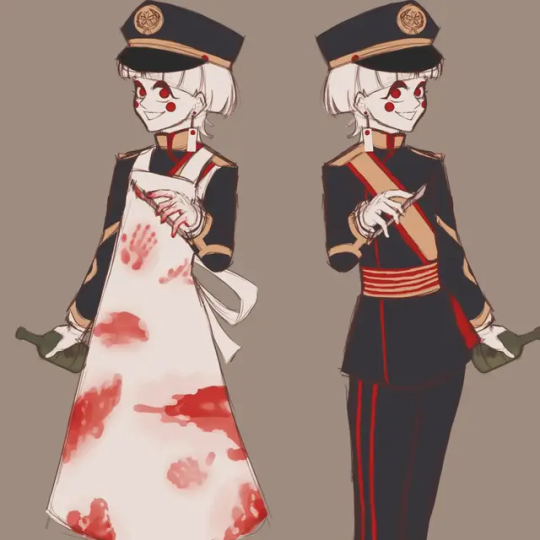

Holy shit is that a unit 731 reference
#art#my art#my art <3#my artwork#artist#digital art#artists on tumblr#my ocs#oc artist#oc#japan#meiji restoration#ww2 japan#world war 2#character design#design
2 notes
·
View notes
Text




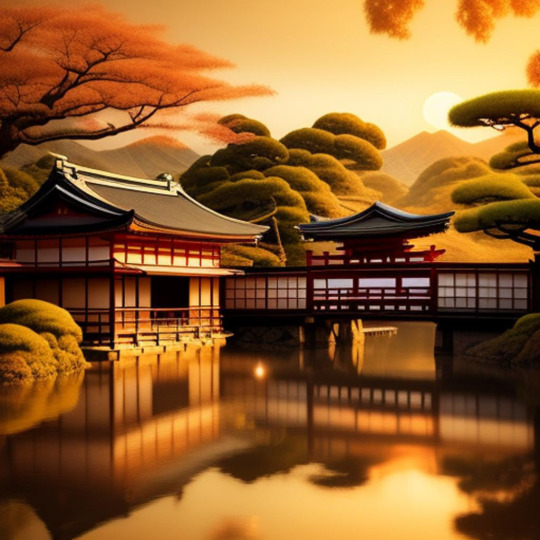

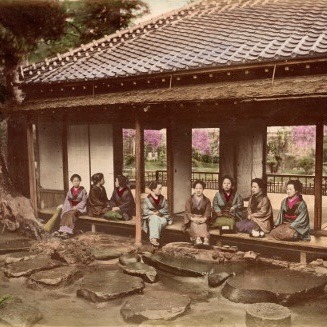

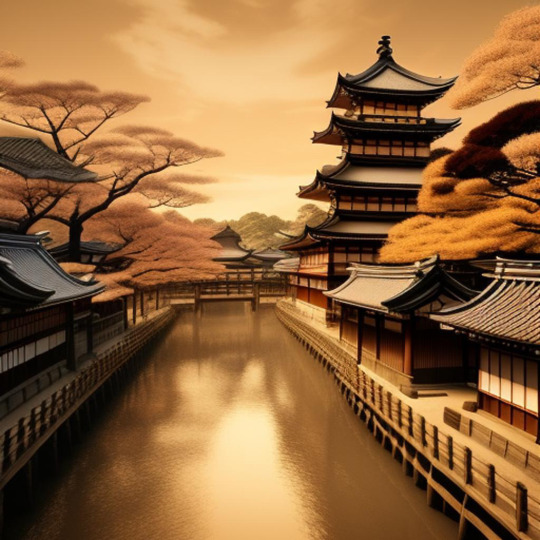
Meijicore: an aesthetic surrounding the Meiji Restoration period/westernization of Japan.
Key details: sepia colors, traditional eastern style, Geisha and Oiran, kimonos, sakura trees
#meijicore#aesthetic coining#meiji restoration#meiji period#meiji era#meiji japan#traditional japan#pre-war japan#traditional eastern#aesthetics#aesthetic moodboard
3 notes
·
View notes
Text
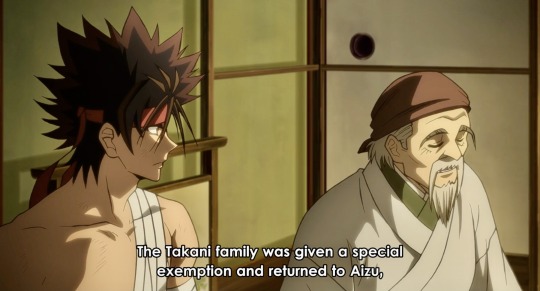

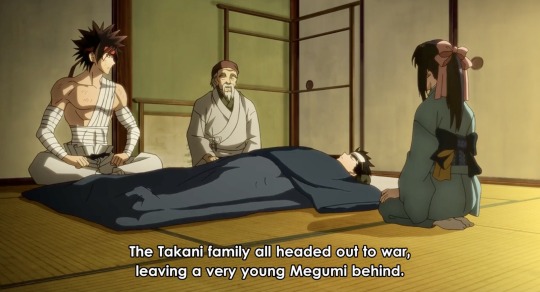


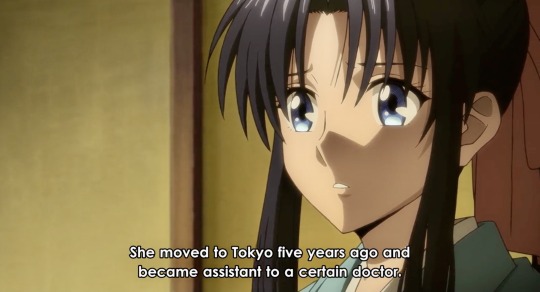
Rurouni Kenshin (Ep 9)
It's interesting that Megumi Takani's backstory is similar to the real historical figure, Yae Niijima, who lost her family during the Siege of Aizu and became a doctor later to ease the sufferings of others too.
#rurouni kenshin#megumi takani#yae niijima#anime#japan#boshin war#bakumatsu#meiji restoration#jidaigeki#aizu
23 notes
·
View notes
Text

Fisherman, Yamamoto Kanae, 1904
#art#art history#Asian art#Japan#Japanese art#East Asia#East Asian art#woodblock print#sosaku-hanga#Yamamoto Kanae#portrait#fisherman#Meiji Restoration#Meiji period#Meiji era#20th century art
142 notes
·
View notes
Text
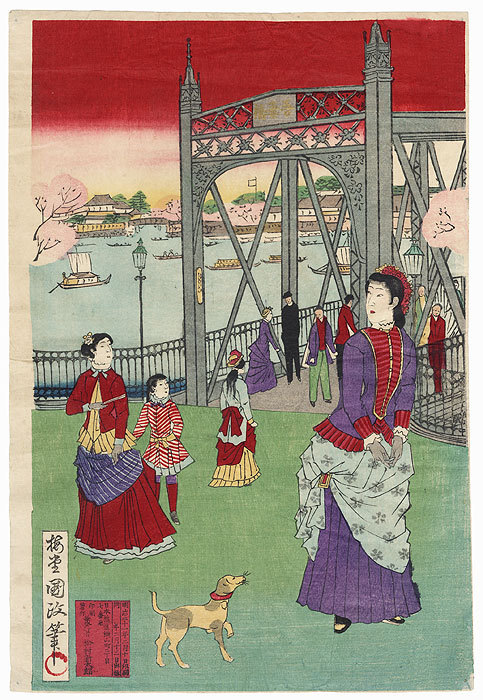
Beauties at Azuma Bridge, 1888
by Kunisada III (1848 - 1920)
49 notes
·
View notes
Text
Like flying (Satoshi Ichiyanagi: NHK Taiga drama theme song) Classic
youtube
Japan's Modern Revolution: The leading figure in the Meiji Restoration: Satsuma Domain. Sakurajima in this area has been an active volcano since recorded history, with frequent eruptions that have had a major impact on Satsuma's culture and people's minds. This song is reminiscent of the great eruption of Sakurajima and is a masterpiece that makes you feel the depressed energy of Satsuma. The expression of this violent explosive power is probably the best among the theme songs of taiga dramas. Satoshi Ichiyanagi did a good job.
翔ぶが如く(一柳慧:NHK大河ドラマテーマソング) クラシック
日本の近代革命:明治維新の立役者:薩摩藩。この地域の桜島は、有史以来活火山で、頻繁に爆発を繰り返し、薩摩の風土・人心に大きな影響を与えてきた。この曲は、桜島の大噴火を彷彿させ、薩摩の鬱屈したエネルギーを感じさせる名曲。この暴力的な爆発力の表現は、大河ドラマのテーマソング中、随一なのではないか。一柳慧は、良い仕事をした。
#Like flying#Satoshi Ichiyanagi#Babylman#Taiga drama#Classic#Meiji Restoration#Satsuma Domain#Sakurajima#volcano#eruption#depressed energy#Youtube
3 notes
·
View notes
Text

22 notes
·
View notes